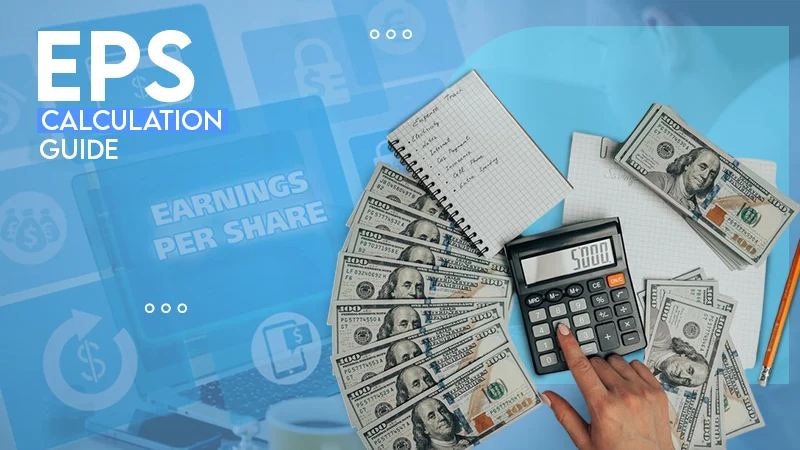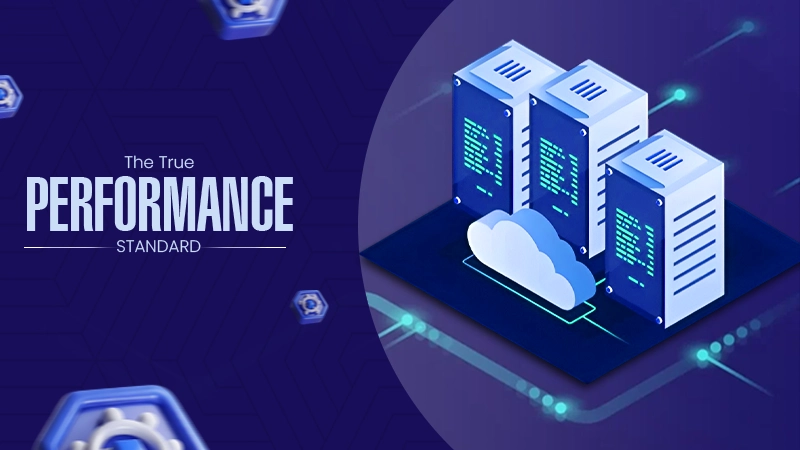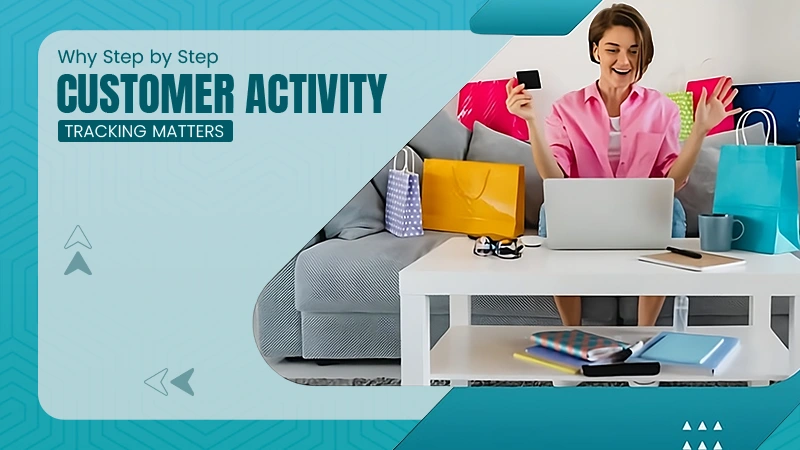dApps run on centralized blockchain systems while traditional apps operate on the servers of their parent companies.
From social media to financial services, we have gotten used to a digital world where central gatekeepers control everything. However, a revolution is underway to transform that very structure.
Decentralized applications (dApps) like netherexpro are reconstructing the internet as you know it through blockchain technology by replacing single servers with a distributed network that gives back power and control to end users.
As an internet analyst myself, I’ve observed that this new version of the web is transparent, does not involve intermediaries, and grants you real ownership of your digital identity and assets.
It will not be simply an update, but rather a complete reconsideration of how we engage in the online world, and the best part it has more to uncover, which I’m going to tell you about through this blog post
Let’s begin!
Key Takeaways
- Understanding what decentralized applications are
- Decoding how they operate
- Looking at some use cases and real-life examples
- Uncovering some pros and cons
- Exploring their role in the trading ecosystem
What Are Decentralized Applications?
Now, let’s start things off by understanding the true concept of these advanced applications, DApps (decentralized apps) work differently from typical apps on your phone, which rely on a central (and corporate) server. A dApp works on a blockchain, which is a distributed digital ledger.
This enables a major significant change because once a dApp launches, it can run autonomously, as your data and digital assets in the app truly belong to you.
How dApps Work
Moving on ahead, I have to discuss how perfectly these apps work and how their algorithm makes it almost inevitable to track DeFi transactions.
DApps are run by smart contracts, which are programming code that automatically operate the application’s rules. Think of a smart contract as a digital vending machine: you send it a fulfillment request, and it will consistently deliver a result, without the need for a middleman.
Use Cases and Examples of dApps
After coming this far, I hope everyone now has a fair idea about the operations of these platforms, but now we will see some of their practical use cases. Currently dApps are starting to show their potential in many areas, revolutionizing the way we interact and trade value.
In finance, DeFi (Decentralized Finance) dApps enable users to lend, borrow, and earn interest on their cryptocurrencies without a bank. In digital art and collectibles, NFT (Non-Fungible Token) marketplaces are dApps that allow creators to sell their work to a global public.
Interesting Facts
A dApp cannot be shut down or ensnared by a single entity, making the platform more resilient against government or corporate interference.
Case Study: Uniswap’s Impact on Trading
When I was researching for this article, I came to know about the company named Uniswap that quietly disrupted everything. Uniswap’s revolutionary invention was the Automated Market Maker model, which took away the traditional order book systems and replaced them with liquidity pools that were funded by users
Pros and Cons of dApps
Well, if you reached this far, I believe that you are now completely intrigued about the benefits and some minute pitfalls these advanced software programs provide. To simply analyze them at a glance, read this extensive chart below:
The Role of dApps in the Trading Ecosystem
Within the larger ecosystem of trading, dApps are acting as the foundational reset, fundamentally questioning the way value is mediated. dApps are not simply another form of trading app; they are a building block for a new kind of financial system. Their function is to eliminate gatekeepers, diminish the barriers to entry, and return control and ownership to the individual user.
Conclusion
To sum up this entire segment, I just want to say that dApps are going to next big thing in the crypto-blockchain genre as they are infused with countless features that are enhancing user experience on another level. With their authentication and security protocols, the people using them are having zero threat complaints during their entire trade journey






